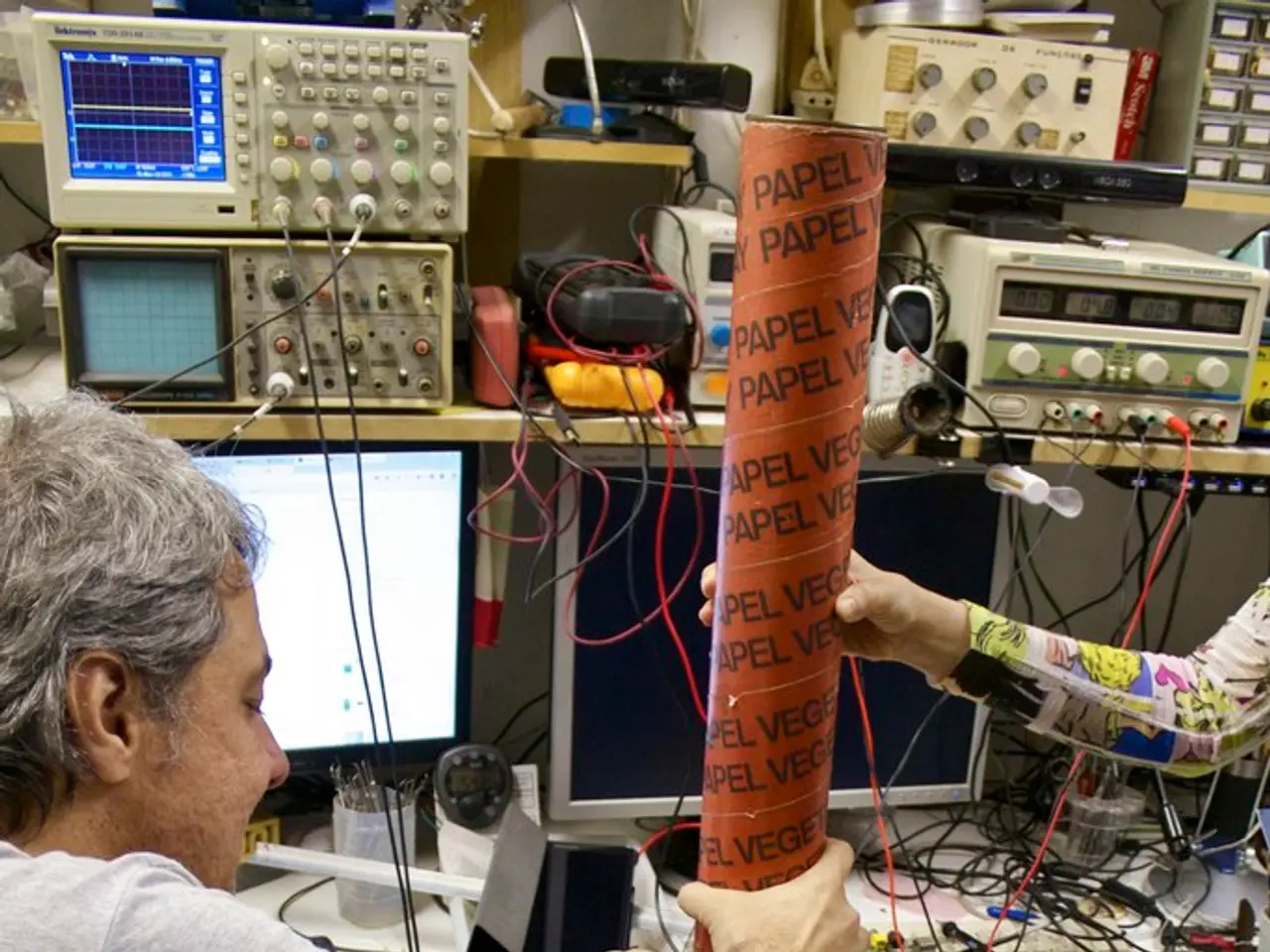Fraunhofer IPA Unveils SenseCobot Dataset for Enhanced Human-Robot Collaboration
Researchers at Fraunhofer IPA's Intelligent Systems Group have created an innovative dataset, SenseCobot, which captures physiological signals of human operators during collaborative robotics programming tasks. Collected in 2020 from 21 participants, this dataset is a significant step towards enhancing human-robot collaboration (HRC) in modern manufacturing and automation, especially in Industry 4.0.
SenseCobot includes a wide range of measures such as ElectroCardioGram (ECG), Galvanic Skin Response (GSR), ElectroDermal Activity (EDA), body temperature, accelerometer data, ElectroEncephaloGram (EEG), and Blood Volume Pulse (BVP) readings. It also incorporates emotional responses and subjective feedback from NASA-TLX questionnaires. This comprehensive dataset enables researchers to study operator well-being, stress, and cognitive load in real-time during HRC scenarios. Understanding these physiological responses, particularly during programming tasks, is crucial for designing more intuitive and safer cobots.
The SenseCobot dataset, developed by Fraunhofer IPA, offers a wealth of data for studying human-cobot interaction. By analyzing these physiological signals, researchers can improve the design of collaborative robots, making them more responsive to human needs and safer to work with in modern manufacturing environments.
Read also:
- Inadequate supply of accessible housing overlooks London's disabled community
- Strange discovery in EU: Rabbits found with unusual appendages resembling tentacles on their heads
- Duration of a Travelling Blood Clot: Time Scale Explained
- Fainting versus Seizures: Overlaps, Distinctions, and Proper Responses






